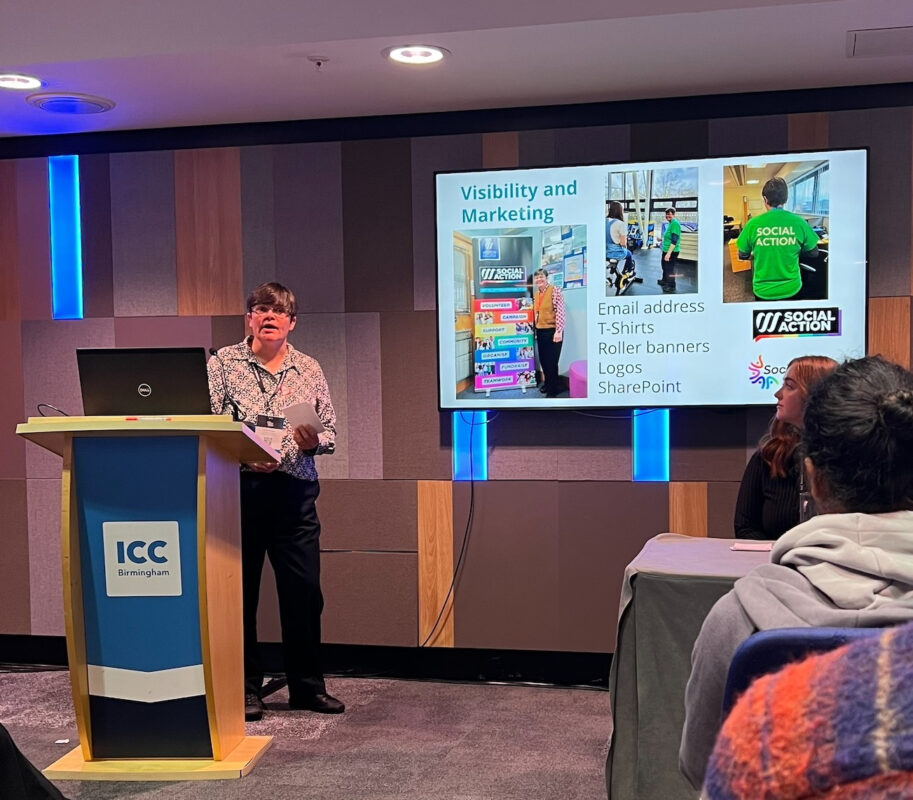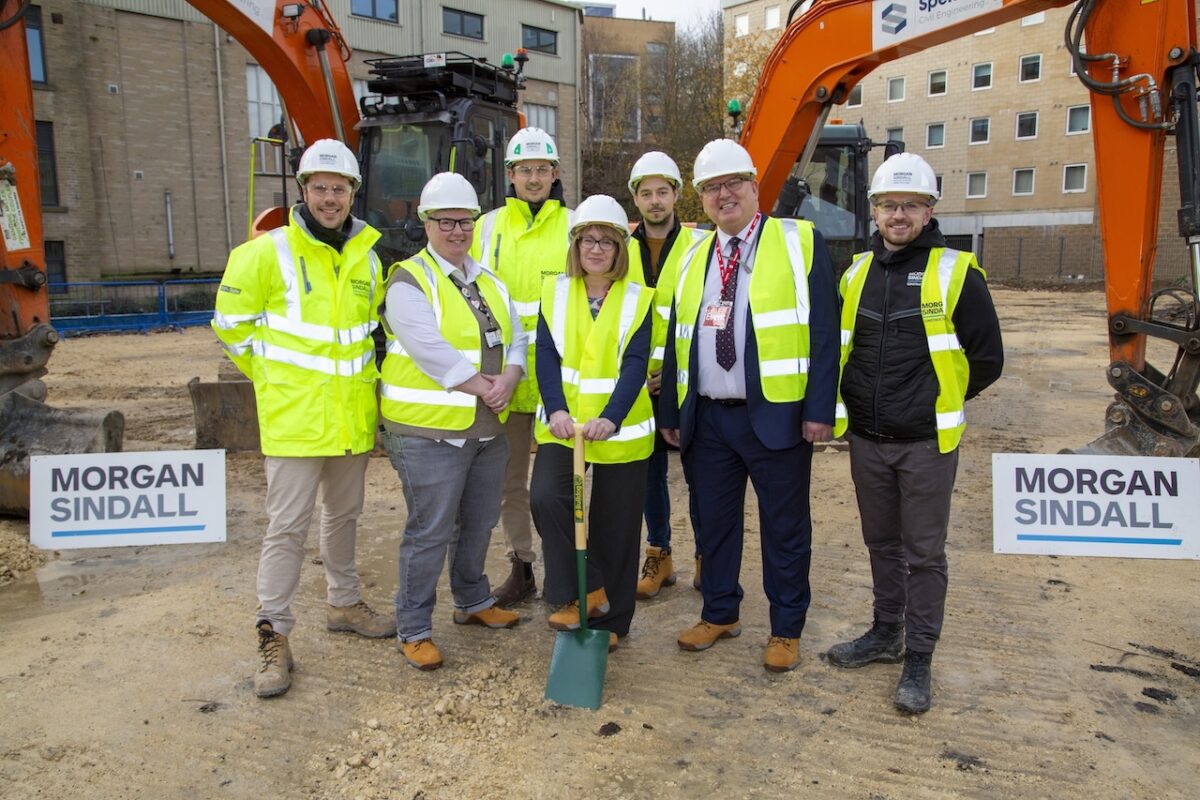New unemployment statistics reveal a worsening skills crisis

The Department for Education has published the latest results of the Employer Skills Survey (ESS) 2022, which has shown an increase in vacancies and skills gaps over the past 12 months.
This Official Statistics release covers the key statistics from the Employer Skills Survey 2022 (ESS 2022), a large-scale telephone survey of 72,918 employers across the UK, providing labour market information on the skills challenges faced by employers. This comprised 59,486 interviews with employers in England, 3,400 interviews in Northern Ireland, 5,207 in Scotland and 4,825 in Wales. This report focuses on findings about:
- Recruitment and skill-shortage vacancies
- Skills gaps
- Training and workforce development
ESS 2022 was commissioned by the Department for Education (DfE), with funding from DfE, the Welsh Government, the Department for Economy in Northern Ireland, and the Scottish Government. It was managed by IFF Research, and Ipsos and BMG Research were subcontracted to support the fieldwork process.
The publication of ESS 2022 follows a longstanding UK-wide ESS series which was conducted biennially from 2011 to 2017. It ran in alternate years with its sister survey, the Employer Perspectives Survey (EPS). ESS traditionally had a more inward-looking focus assessing the current skills position and skills needs of employers, while the Employer Perspectives Survey was primarily outward looking, covering engagement with the wider skills system. Since 2019, the EPS has been incorporated into ESS as one survey. ESS 2019 only covered England, Northern Ireland and Wales. Scotland was covered separately in its own national ESS in 2020 and national EPS in 2019 and 2021. For this reason, when making UK-wide comparisons the last comparable data point is 2017. Where nation results are shown over time it is possible to compare to 2019 results for England, Northern Ireland and Wales. For Scotland, the last data point used for comparison in this report is 2017, as it provides a more appropriate time series comparison than the Scottish ESS 2020 and EPS 2021 due to the impact COVID-19 had on the wider economy during 2020/2021.
For presentational reasons, it is not possible to cover a full time series (going back to ESS 2011) for every measure in this report, however this data is available for users if they wish to create their own tables. Core indicators data is also available by Mayoral Combined Authority and two digit Standard Industrial Classification (SIC), and vacancy measures are available by Standard Occupational Classification (SOC).
Fieldwork for ESS 2022 was conducted between June 2022 and March 2023. This differs from previous years of the survey where fieldwork took place within one calendar year (for example the 2019 survey ran from May to December 2019). Further information about the ESS methodology can be found in the accompanying Technical Report. Further findings from ESS will be available in the full research report that will be published at a later date.
The sample of employers was drawn at random from Market Location, a commercial sample provider and supplemented with sample from the Inter-Departmental Business Register for subsectors where Market Location coverage was low. Results from the survey are representative of employers across the UK. ESS 2022 was the first in the series to use a Random Probability Sampling (RPS) approach, where all sample issued is processed according to agreed protocols until all leads are exhausted, meaning that units sampled from a given population cell have an equal and known probability of being sampled.
The terms “establishment” and “employer” are used interchangeably throughout to avoid repetition. At the UK level for all establishments, the sampling error is ±0.36%, meaning that for a survey result of 50% based on all establishments, we can be 95% confident that the true figure lies within the range of 49.64% to 50.36%. The population covered by the survey was establishments (rather than organisations) with at least two staff on their payroll.
All differences referred to in the report commentary are statistically significant at the 95% level of confidence. This applies to differences between survey subgroups, such as region, size and sector, and also to differences over time.
Sector Response
Dr Joe Marshall, Chief Executive of NCUB said:
“New data published by the Department for Education today hammers home the stark skills challenge facing the nation. We now know that a third of all vacancies in 2022 were skills shortage vacancies – up from 22% in 2017. This is hugely concerning – and what’s more, this worrying pattern has been consistent for many years. Employers have been reporting large numbers of hard-to-fill vacancies at professional level, from nursing to teaching, to engineering and software development.”
Marshall concluded: “We are calling on the Government to embrace its critical coordination role on skills. We simply cannot wait for the skills crisis to worsen before acknowledging it. We need rapid and co-ordinated action now, to improve the understanding of employer’s skills needs and to match these against the work of education suppliers. The Government has a key and irreplaceable role to play in brokering this collaboration. Reform now, before it’s too late, to allow universities to produce the highly-skilled, adaptable workforce businesses need.”











Responses